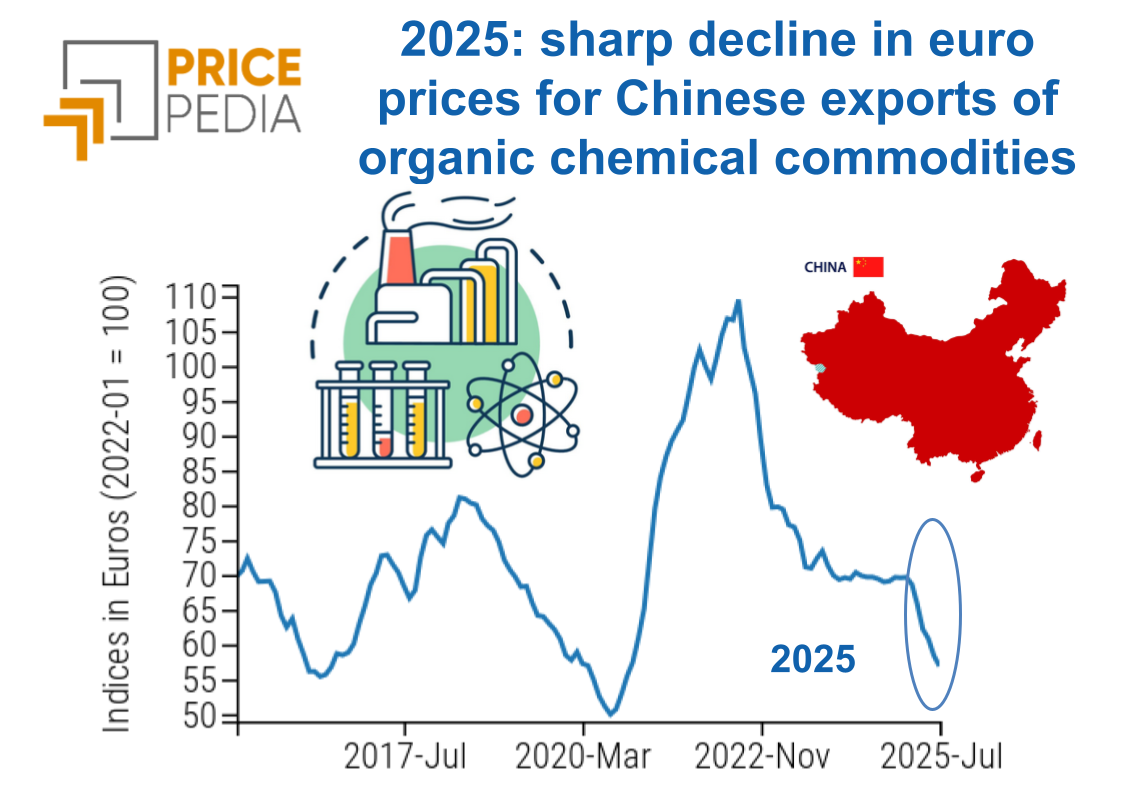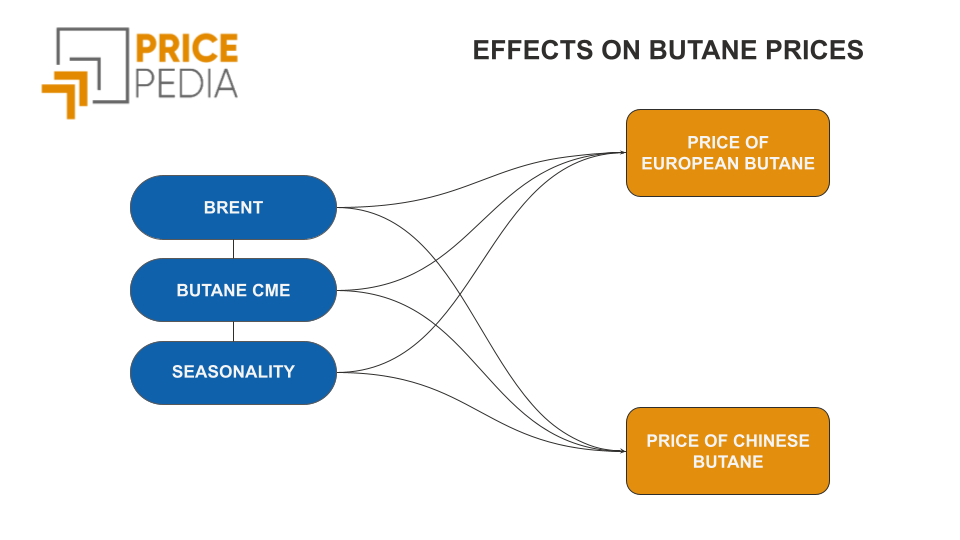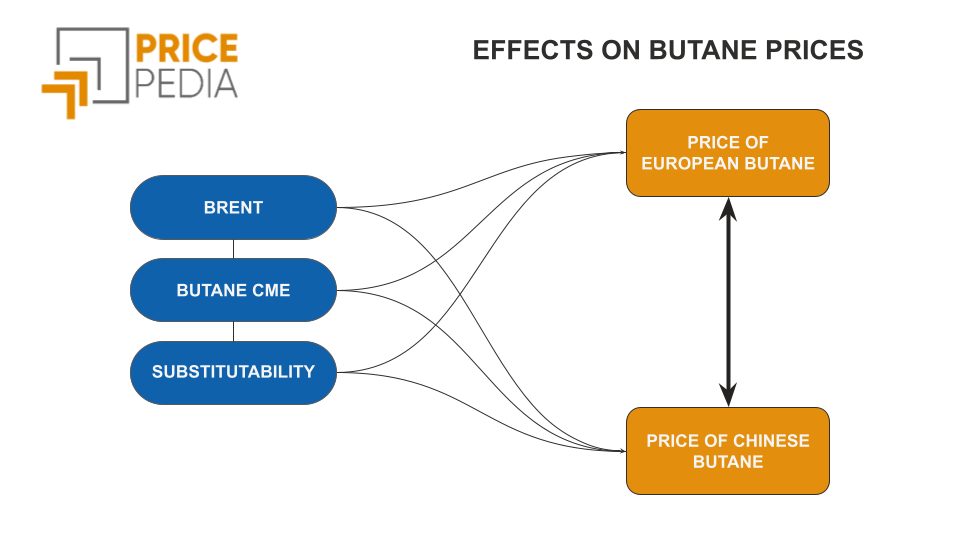China effect on the EU Market: the case of Lysine
The EU attempts to curb Chinese oversupply on the internal market through anti-dumping measures
Published by Pasquale Marzano. .
Organic Chemicals EU customs duties Import tariffsSince the early 2000s, China has become the main producer of numerous commodities, meeting both the needs of its domestic market and those of the international market. In fact, over the last 25 years, China has become the "world's factory" for many commodities. As a result of this role, in periods when domestic demand has stagnated, China's excess production capacity has spilled, more or less abundantly, onto international markets. Moreover, this phenomenon tends to occur even more in a phase like the current one, in which some international partners, such as the USA, are raising tariff barriers, prompting China to redirect exports, not absorbed by the US, towards other geographical areas.
Chinese oversupply is mainly known in the European steel products market, as described in the article The competitiveness of Chinese prices is affecting the European market for electrical steel. However, other industrial sectors, such as organic chemicals, are equally exposed to Chinese surplus production, as argued in the article China takes the lead in Organic Chemistry: a new landscape for European sourcing.
An emblematic chemical product from this perspective is Lysine, an amino acid used in a wide range of applications (feed, pharmaceutical, and food products). As reported in the article Lysine: a case study on Europe's growing dependence on basic chemical imports from China, China is the world's leading producer and exporter of this amino acid.
Do you want to stay up-to-date on commodity market trends?
Sign up for PricePedia newsletter: it's free!
Chinese Lysine exports: a threat to European industry
On July 10, 2025, the European Commission adopted definitive anti-dumping measures against European imports of lysine from China. According to the EU's executive body, during 2023 China exported lysine to the European market at artificially low prices, causing damage to Union industry. The duties approved in July on made in China lysine range from a minimum of 43.7% to a maximum of 58.2%[1].
China's importance as a price-setter in global markets can be observed by comparing, in the chart below, the following prices:
- Chinese export price (China FOB);
- EU import price from third countries (Extra-EU CIF measure), net of customs duties;
- European internal price from trade between EU member states, indicative of the domestic market price, represented by the Last Price EU measure.
Lysine Prices: China vs. Europe

The chart shows that the three prices are almost perfectly aligned throughout the entire period considered, except in the last six months. The Chinese price tends to anticipate European price dynamics by about one period on average.
Starting in February 2025, following the implementation of the EU's provisional anti-dumping measures[2], ranging from 53% to 85% against Chinese lysine imports, the China FOB price experienced a particularly sharp drop of almost 30%. The Extra-EU CIF price followed the same trend starting the following month, although at a less intense pace compared to the corresponding Chinese price (around -11%).
This relationship is confirmed by the linear correlation between the prices, illustrated in the table below.
Correlation between European and Chinese Lysine Prices

The correlation between the China FOB price and the European Extra-EU CIF price is particularly high, reaching almost 0.90 when considering the one-period lag of the China FOB price.
Although the correlation is also high between the Chinese price and the EU internal market price, the latter, starting from the entry into force of the provisional anti-dumping duties, shows a dynamic temporarily misaligned from the path set by the Chinese price. Since intra-EU trade is not subject to duties, related prices tend to align with those of extra-EU competitors, represented by the CIF import prices (particularly from China) plus the duties.
Conclusions
The case of lysine is an example of how China's centrality in global supply chains is no longer limited to certain sectors such as steel, but also extends to basic chemicals, which are strategic for numerous industries.
The anti-dumping measures introduced by the European Commission demonstrate the will to protect domestic industry, but at the same time entail an increase in sourcing costs for European users.
In the coming months, it will therefore be crucial to monitor the trend of Chinese prices to understand whether a possible reduction will offset the effect of the duties, thus leading to a decline in European prices as well, or whether the protection ensured by EU measures will instead favor the stabilization of the domestic market.
1. Regulation (EU) 2025/1330 establishing definitive anti-dumping duties on European imports of lysine from China.
2. Regulation (EU) 2025/74 establishing provisional anti-dumping duties on European imports of lysine from China.


